Winter Heat lamp
mangodude
14 years ago
Featured Answer
Sort by:Oldest
Comments (7)
Andrew Scott
14 years agolast modified: 9 years agomostro
14 years agolast modified: 9 years agoRelated Professionals
Clemson Landscape Architects & Landscape Designers · Suffern Landscape Architects & Landscape Designers · Zion Landscape Architects & Landscape Designers · Paradise Landscape Architects & Landscape Designers · Bethel Park Landscape Contractors · Essex Landscape Contractors · Fort Mill Landscape Contractors · Hoffman Estates Landscape Contractors · Longview Landscape Contractors · North Haven Landscape Contractors · Riverhead Landscape Contractors · Riverview Landscape Contractors · Secaucus Landscape Contractors · Stony Brook Landscape Contractors · Maplewood Landscape Contractorsmostro
14 years agolast modified: 9 years agopuglvr1
14 years agolast modified: 9 years agomostro
14 years agolast modified: 9 years agopuglvr1
14 years agolast modified: 9 years ago
Related Stories
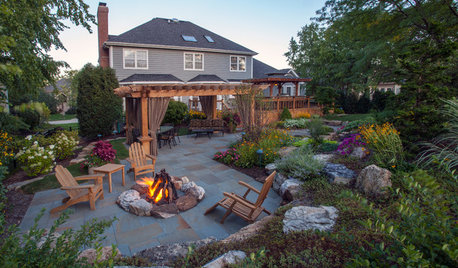
GARDENING AND LANDSCAPING3 Ways to Bring the Heat to Outdoor Living Spaces
Here’s what to know about surviving winter’s bite with an outdoor fireplace, fire pit or heat lamp
Full Story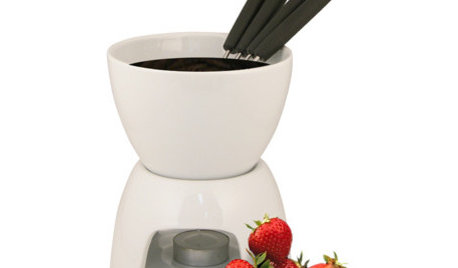
Guest Picks: Winter (Yes, Winter) Warmers
For folks in the Southern Hemisphere, July is right in the heart of winter. Warm up with 20 ways to make your home as cozy as can be
Full Story
FLOORSWhat to Ask When Considering Heated Floors
These questions can help you decide if radiant floor heating is right for you — and what your options are
Full Story
FLOORSIs Radiant Heating or Cooling Right for You?
Questions to ask before you go for one of these temperature systems in your floors or walls (yes, walls)
Full Story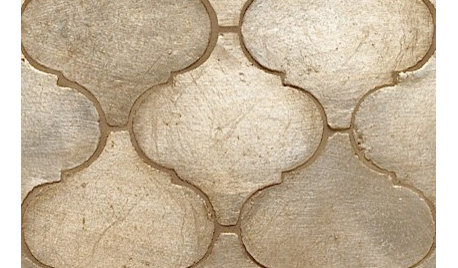
PRODUCT PICKSGuest Picks: Moroccan Flair to Heat Up Fall Interiors
Layer these exotic-looking furniture pieces, textiles and accessories for a warm look and a global vibe
Full Story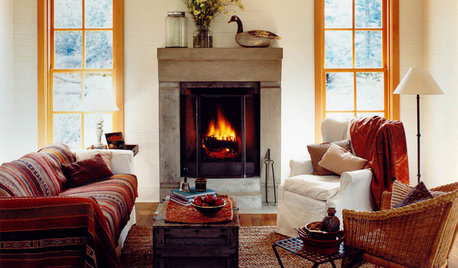
SHOP HOUZZShop Houzz: Stay Warm and Toasty All Winter Long
When the weather’s frightful, you’ll be glad for these pillows, throws, candles and more
Full Story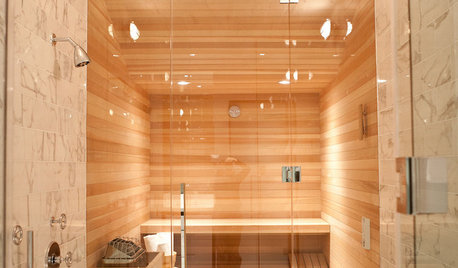
BATHROOM DESIGN15 Ways to Warm Up Your Bathroom for Winter
Keep the chill away in body and spirit with everything from warm colors to high-end bathroom features
Full Story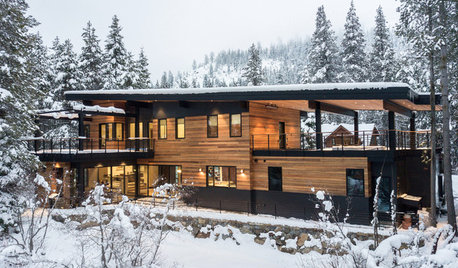
MONTHLY HOME CHECKLISTSYour Winter Home Maintenance Checklist
Keep your home and yard safe and running smoothly as temperatures drop and activity moves indoors
Full Story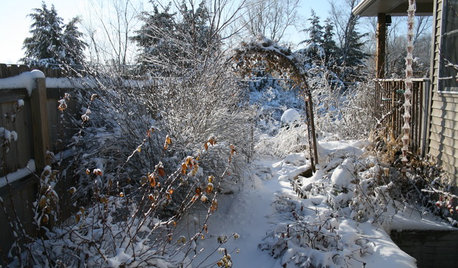
LIFE6 Ways to Beat the Winter Blahs
Snow and dark days dampening your spirits? These ideas will have you looking on the bright side
Full Story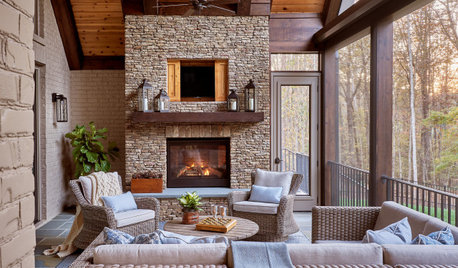
PORCHESGive Your Outdoor Rooms a Cozy Winter Makeover
If you live in a mild climate, enjoy days and evenings on your porch or patio with these tips for staying warm and comfortable
Full StorySponsored
More Discussions






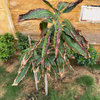
mangodudeOriginal Author